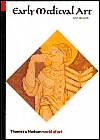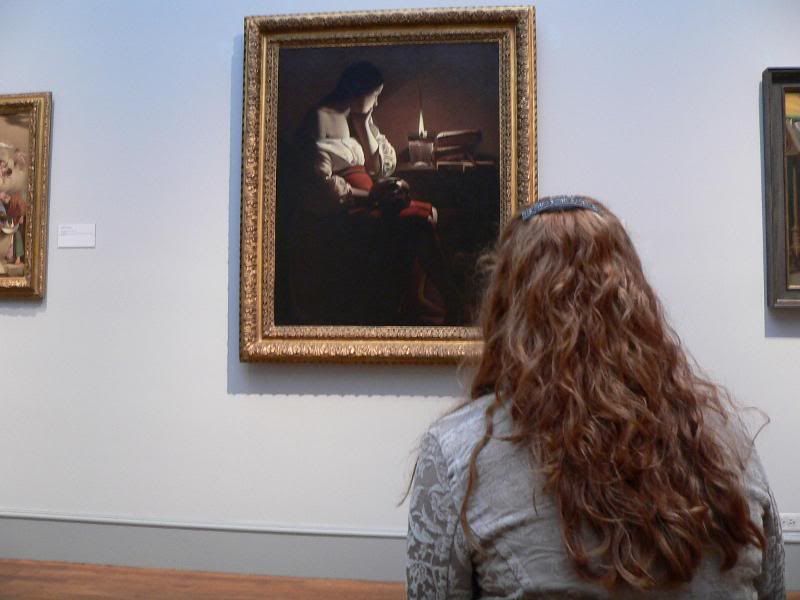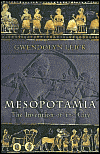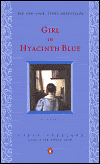- Early Medieval Art: Carolingian, Ottonian, Romanesque - John Beckwith

Books I've read, am reading, or would like to read...



I've kind of made it a tradition to re-read The Agony and the Ecstasy at least every other year. Do you think I should keep this up? I know that I could be learning more from another book on Michelangelo, but am I actually wasting time by re-reading? Or am I just solidifying my knowledge in a memoriable, historical-fiction way?
I really liked this book. I thought that the story was interesting, but more importantly I loved the historical quality of it. Umberto Eco did a lot of research before writing the book and he goes to great lengths to establish the aura of the era. He sticks you in the middle of of a monastary in the middle ages, and he does so rather accurately. While some people may not enjoy the random tangent into ancient texts and medicinal herbs I was delighted by the fact that the author did not stray away from these additions. Most authors assume they are writing for the masses, and that the typical person would get lost, while Umberto Eco includes it because it is true to the era. He takes a leap of faith and hopes that his reader will be intelligent enough to understand it, rather than neglect the additions at the expense of the setting. The book is rampant with symbolism and quotes on knowledge, faith, the ancients, monastic life, inquisitors, etc. I don't think that this book is for everyone, but I enjoyed it.


